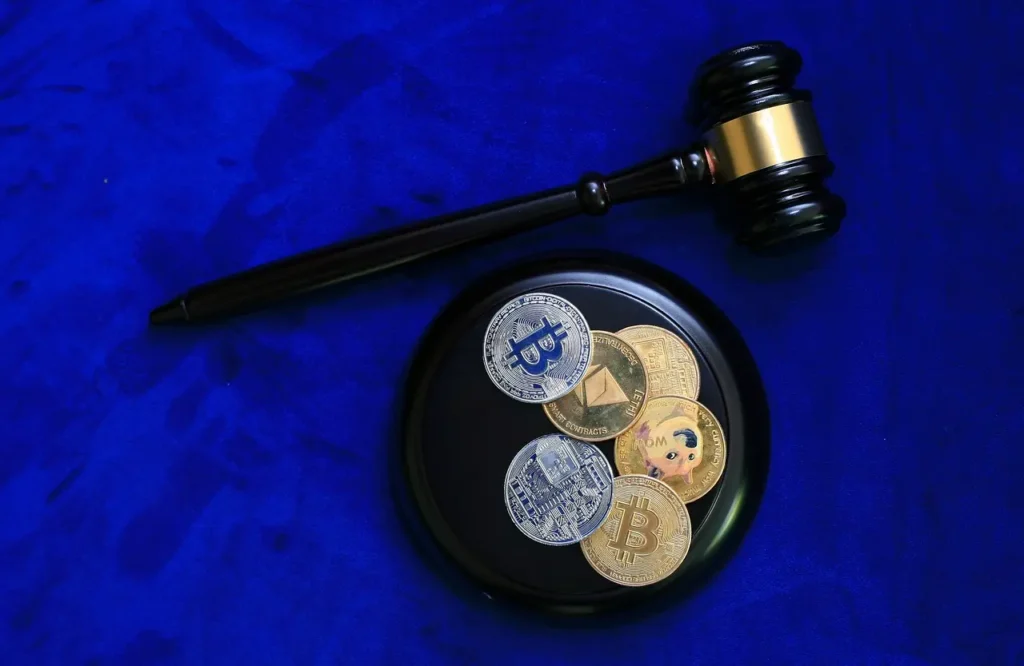The Rise and Risks of Meme Coins: A New Age of Digital Speculation
The present world is increasingly intertwined between finance and internet culture, resulting in the creation of meme coins, a fascinating but highly volatile phenomenon. These digital assets are inspired by viral jokes or online personalities, capturing traders’ imaginations, speculators, and even politicians.

While some see it as a pathway to financial freedom, others want the risks associated with their speculative nature. In this blog, we will explore the rise of meme coins and the potential damage they pose to investors and the financial markets. Let’s begin.
Understanding meme coins
Meme coins are a type of cryptocurrency that gets their value primarily from social media hype and internet culture instead of any intrinsic utility. Unlike Bitcoin or Ethereum, which are designed with a specific technological function in mind and have established themselves as a store of value and investment asset, meme coins are usually created as a joke or a means to capitalize on viral moments. One popular example is Dogecoin, launched in 2013 as a parody of Bitcoin, featuring a Shiba Inu dog from a popular meme. Those looking for long-term growth may prefer to invest in Bitcoin rather than gamble on speculative tokens.
In recent years, meme coins have gone beyond mere humor. Their low barrier to entry and viral potential make them an attractive investment for those seeking to make quick profits. Platforms such as Pump.fun now enable almost anyone to create a meme coin with minimal effort, resulting in an explosion of tokens based on everything from political figures to internet fads.
The Trump effect
One of the most recent headline-grabbing developments in the meme coin space was the launch of $Trump, a token introduced just days before Donald Trump’s Inauguration. Within hours of its release, the coin’s value skyrocketed from $7 to $75, only to tank to $40 shortly afterward. Shortly after, $Melania, a token associated with the former First Lady, and even $Lorenzo coin, named after Trump’s inauguration pastor.
For some crypto enthusiasts, Trump’s entry into the meme coin world signals a new intersection of politics and cryptocurrency. Supporters view the coin as a symbol of allegiance, much like fan tokens used in sports. However, critics argue that such ventures raise ethical concerns, especially given Trump’s financial ties to the project. The potential for market manipulation and conflicts of interest cannot be ignored, especially in an industry that remains largely unregulated.
What are the mechanics behind meme coins?
Though their meteoric rises, most meme coins share a similar trait: they lack intrinsic value. Unlike traditional cryptocurrencies that offer technological innovations, such as smart contracts or decentralized finance (DeFi) applications, meme coins exist primarily for speculative trading.
A major issue is the prevalence of “pump and dump” schemes. This occurs when developers create a coin, retain a large portion of the supply, and aggressively market it via social media. Once enough people invest, the creators sell what they hold, resulting in a price crash and leaving late investors with huge losses.
Another common issue is rug pulls, where developers abandon a project after collecting investments, making the tokens worthless. With little regulatory oversight in the cryptocurrency space, victims of such scams often have no legal recourse.
Who profits from meme coins?
Though meme coins have made some individuals overnight millionaires, most retail investors end up on the losing side. The real wines are often large-scale investors (whales) and institutional trading first, who use advanced trading strategies to exploit market trends. These entities take advantage of price volatility, often manipulating markets in ways that would not be permissible in regulated stock exchanges.
Additionally, platforms that facilitate meme coin trading, such as decentralized exchanges, profit from transaction fees regardless of whether investors make or lose money. For everyday traders, the promise of easy wealth is largely an illusion. Most meme coins crash and never recover.
Regulation and future outlook
Despite their questionable financial viability, meme coins continue to thrive in the absence of strict regulations. However, authorities worldwide are beginning to take notice. In December 2024, the Financial Conduct Authority (FCA) blocked access to Pumpfun due to concerns over fraudulent activity. Similar crackdowns may follow in other jurisdictions.
For now, meme coins exist in a legal gray area. While some argue they are akin to gambling, others believe they represent a new form of digital expression. Regardless of their classification, the risks are clear: manipulation, high volatility, and the potential for total financial loss.
Endnote
On one hand, meme coins offer a fascinating glimpse into the intersection of internet culture and finance. On the other, they epitomize the dangers of speculative investing in unregulated markets. As more people jump onto the meme coin bandwagon, the question remains: are these digital tokens a new frontier in decentralized finance or just another fleeting internet trend?
